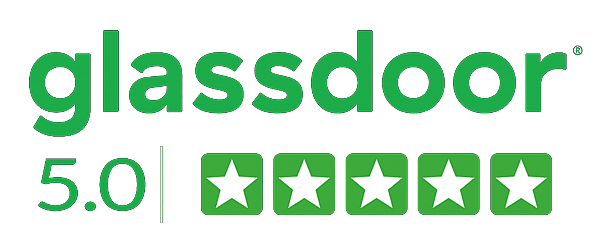Predictive analytics uses data to design the future. Advanced, complex systems use historical data to establish patterns and then use those patterns to drive strategic decisions. The predictions could be for the near future or the more distant future.
The predictive model provides the outcomes in the form of a probability score. It shows that something is likely to happen given a certain set of circumstances. It should be clear that, like machine learning, predictive analytics software is adjustable and learns as it goes. The more data the predictive modeling works with, the more accurate the predictions for your chosen predictive analytics solutions will become.
Uses of predictive analytics
Predictive analytics isn’t a prediction, but its benefits are transforming nearly every industry. Businesses with a more accurate picture of the future are exponentially better off than those planning based on the past. These companies can now make decisions informed by abundant detail rather than indistinct guesses based on historical information.
At its best, predictive analytics injects intelligence directly into workflows, automatically guiding users to take the right decisions at the right times to build the future. Executives can also use predictive analytics to guide business decisions and the larger course of direction.
Models of predictive analytics:
Forecast models:
They use multiple input types to estimate future outcomes: how long an engine component will last. It also predicts in-store customers and the number of items that keep in an inventory.
Classification models:
They use data to sort information and are helpful in answering questions only in yes/no. They also predict which customers or employees are most likely to shake up.
Outlier models:
They alert users about data that don’t correspond with predictions since those could be reasons for concern: Anomalies like a sudden drop in sales of stores or a sudden impale in email traffic might highlight something to look into — like misconduct or poor performance.
Time series models:
They take regularly changing circumstances into account. Holidays like Halloween and Christmas come around every year, and decoration makers take them into their consideration. Other businesses focus on election season, the Olympics, and other predictable cycles including astronomical and weather events.
Clustering models:
They sort data into smaller groups so users can address them in targeted ways: A good use of clustering is to send different messages to customers at different stages in the sales funnel.
Examples of predictive analytics
Insurance
Insurance companies evaluate policy applicants to assess their likelihood of paying out a future claim based on the current risk pool of comparable policyholders as well as past events that may result in payouts. Actuaries often use models that compare characteristics to data about past policyholders and claims.
Software testing
Predictive analytics can help you scale your operations throughout the software testing life cycle.
Simplify the process of interpreting the massive amounts of data generated during software testing by using that data to model results. You can keep your release schedule on track by monitoring deadlines and using predictive modeling to estimate how delays will affect the project. By identifying these difficulties and their causes, you will be able to make improvements in individual areas before the entire project is delayed.
Benefits of predictive analytics:
The use of predictive analytics is increasingly used by companies in many sectors such as manufacturing, retail, and financial services. Major benefits of predictive analytics software include:
Improved production efficiency
Predictive analytics are used in manufacturing and production facilities. Big Data and Internet of Things (IoT) tools transform their production process dramatically. This allows production rates for customer demand or predicts potential production failures. It takes the appropriate actions to head them off.
Improved decision-making
At the heart of predictive analytics is highly developed decision support. It provides information based on the information you already have. The more information your PA tool has, the more accurate its predictions will be, enabling you to make smarter decisions. As PA software can identify patterns and trends in large amounts of structured and unstructured data, it provides insights that enterprises previously did not have access to. Data needs to be identified, collected, and cleaned in a way that ensures the integrity and accuracy of the information going through.
Enhanced risk reduction
Depending on your industry, this software can play a major role in risk mitigation. Sectors such as finance and insurance are increasingly using predictive modeling to build an accurate picture of a customer or business based on all the data available. It can then create a more reliable interpretation of the person, business, or event that can be used to make sensible, effective decisions.
Enhanced fraud detection
Fraud detection was one of the first use cases where this software was implemented. As predictive analytics is particularly good at identifying trends and patterns in behavior, it can easily detect anomalies that may indicate threats or fraud, which can then be exposed and prevented.
TriColor Initiative – A Predictive Analytics Platform
TriColor Initiative is at the forefront of the development of a wide range of analytics solutions. It is an analytics platform with comprehensive predictive analytics capabilities. We deliver a scalable analytics and data visualization platform that enables our customers.
TriColor Initiative provides a 360-degree view of Salesforce and MuleSoft services that analyze billions of records in seconds. And predictive analytics techniques all in a drag-and-drop experience.


